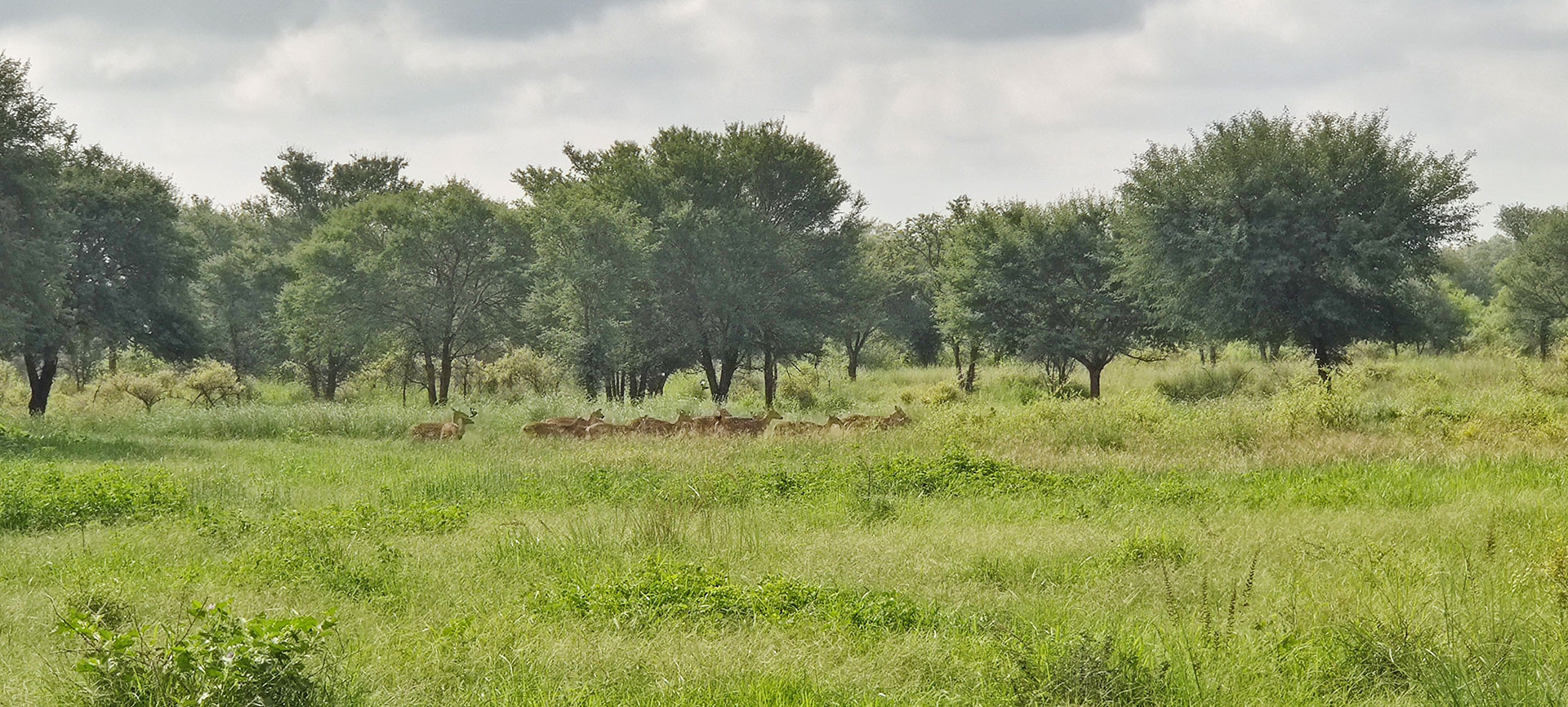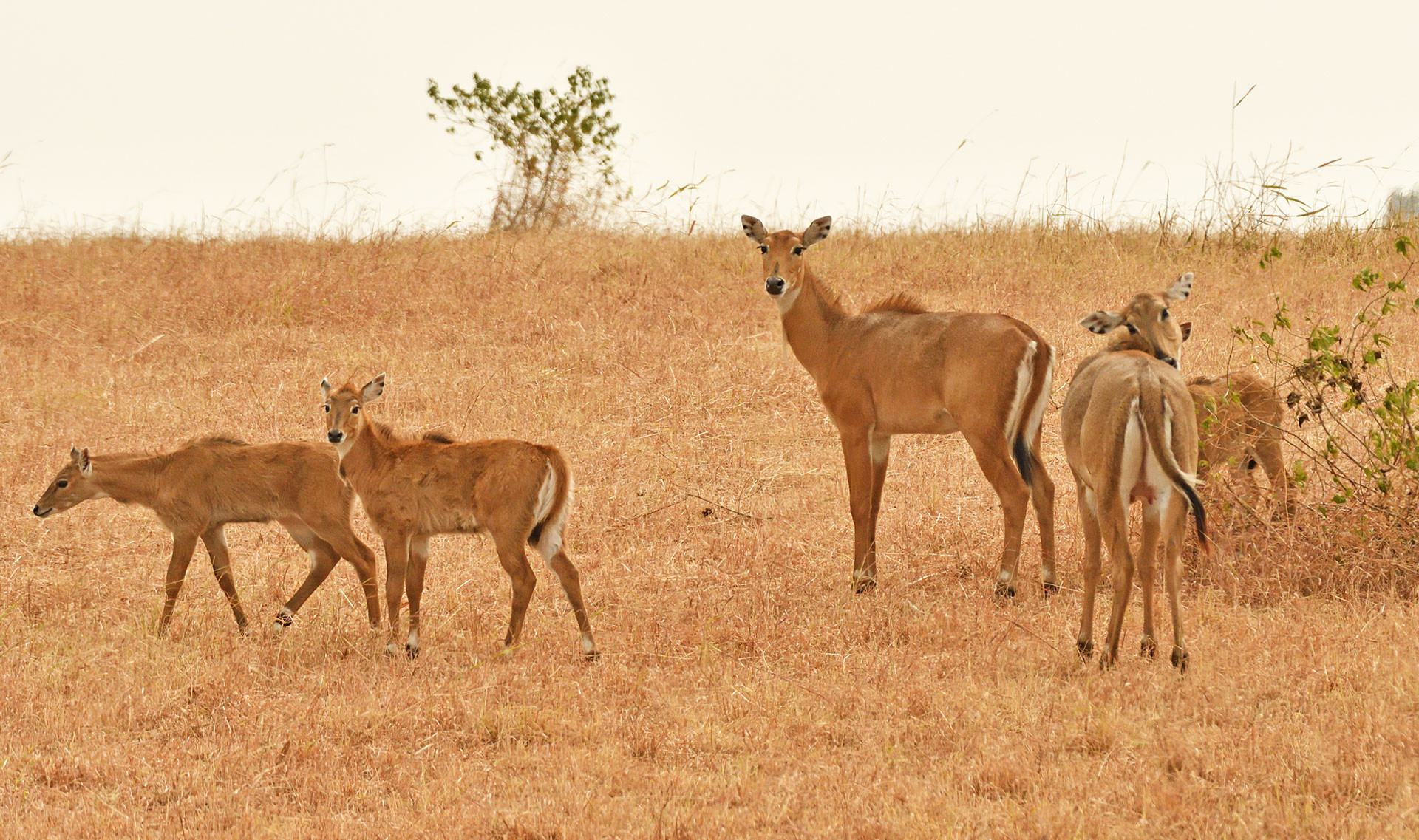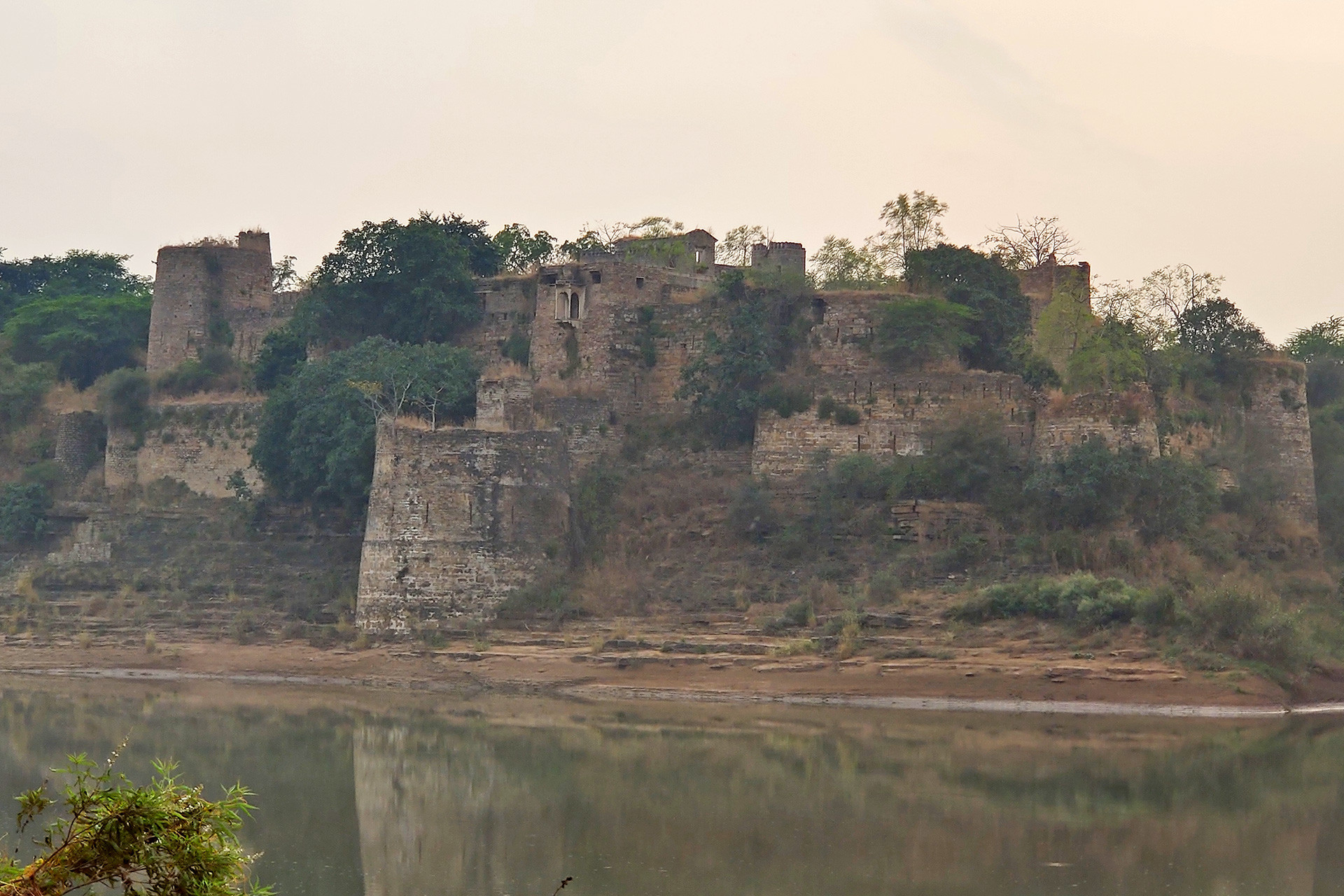The topography of Madhya Pradesh in Central India is fascinating. Perhaps, it is the only Indian state with such a diversity of habitats—the dense forests on the Satpura foothills, the open dry grasslands and the sparse, thorny forests found across the state, and the wetlands of River Chambal. Located in the northern district of Sheopur, Kuno National Park predominantly consists of grasslands and sparse forests that are home to an abundance of mammals, reptiles, birds and butterflies. Although there has been a lot written about the tiger reserves of Madhya Pradesh, the beautiful Kuno National Park (KNP) has largely been neglected.
Even today, KNP is identified as the second home of the Asiatic Lion. But more recently, the park has been in the news for its selection as the most suitable site for the cheetah reintroduction programme in India. In fact, the region was once a prime cheetah habitat and a principal site for their capture during the Mughal era. The Wildlife Institute of India (WII) selected it from a list of six potential sites, namely the Mukundara Tiger Reserve, Shergarh Wildlife Sanctuary, Gandhi Sagar Wildlife Sanctuary, Madhav National Park and Nauradehi Wildlife Sanctuary. On September 17, 2022, the first batch of cheetahs arrived in Kuno National Park.
At approx. 343m above sea level, the total notified area of the national park is 748sq.km. and lies within the Kuno Wildlife Division. An additional 500sq.km. is treated as a buffer area, which is also in control of the DFO, Kuno National Park. Formerly a Wildlife Sanctuary, Kuno was declared a National Park in 2018.
The National Park derives its name from the Kuno River, which flows from south to north and divides KNP into two sections. What is unique about Kuno are the small pockets of grasslands that are found within the park. These grasslands occupy areas that were former villages and are quite reminiscent of the African Savanna. Between 1996 and 2001, 24 villages were relocated outside the protected area. The park is now almost free of human habitation. The regeneration of these areas into lush grasslands and scrublands is quite astounding and has become a suitable habitat for lions and other cats. They have been developed and maintained by converting former agricultural land. A small nursery is also set up to grow grass that is more suited to herbivores. One can see these lush meadows in Manakchowk, Lankakhoh, Pipalbaodi and Kairkho areas of the park.
Kuno National Park has a rich floral diversity with more than 129 species of trees. These tropical dry deciduous forests mainly consist of Anogeissus pendula (Kardhai), Senegalia catechu (Khair) Boswellia serrata (Salai) and associated flora. Kuno’s forests are arguably the finest remnants of the Central Indian Highlands; they were once the hunting grounds of the Gwalior maharajas. They are inhabited by carnivores such as the Indian Leopard, Indian Wolf, Golden Jackal, Sloth Bear, Indian Fox and Striped Hyena. The herbivores found here are Spotted Deer, Sambhar, Nilgai, Chousingha and Blackbuck. The high density of ungulates in Kuno can be attributed to the abundance of short grass species to feed on and the tall grass which provides shelter to the fawns.
Kuno National Park has occasionally reported the presence of tigers dispersing from the Ranthambhore Tiger Reserve. The park forms an important corridor between the Ranthambhore Tiger Reserve in Rajasthan and Madhav National Park in Madhya Pradesh. Thanks to better management, leopards are now thriving within the park. Camera trap surveys to estimate the leopard population in the park have revealed some remarkable results, confirming that the park possibly has the highest density of leopards per sq.km. in the country. There is an old, dilapidated fort along the Kuno River that has been taken over by the leopards roaming in the area.
Every time I visit the park, I have been lucky to have a leopard sighting. Being a shy, nocturnal animal, getting a glimpse of the cat is always special. In one of the more memorable sightings, I witnessed a male leopard hunting the newly born calf of a feral cow near the Palpur Rest House, where we were staying for the night. As feral cows tend to loiter near human habitation during nighttime to take refuge from carnivores, leopards follow suit in search of easy meals. Cattle abandoned by villagers still remain in large numbers within the park, but their count is steadily reducing.
Nearly 200 plus bird species have been reported from Kuno. The park is one of the last strongholds of India’s threatened vulture species. Here, one can see the Red-headed, White-rumped, Indian, Egyptian and the migratory Eurasian Griffon Vulture. There are plenty of vulture nesting sites on the cliffs inside the park. In the winter season, one can spot vultures taking flight from their roosting sites within these cliffs.
The rich grasslands are also home to a variety of ground-nesting birds. Francolins, quails, buttonquails, pheasants, spurfowls and sandgrouses find it to be the perfect habitat for breeding. Raptors like harriers find these grasslands to be excellent hunting grounds and are seen in good numbers during the winter season.
Along the banks of the Kuno River, one can observe other threatened species like the River Tern, River Lapwing and Lesser Adjutant Stork. After the rainy season, as the water recedes, the floodplains along the river turn into biomass-rich marshlands interfused with small stones, which harbour a lot of biodiversity. The banks of River Kuno also provide suitable habitats to many wetland birds. Winter visitors like sandpipers, shanks, wagtails and others can be seen in large numbers.
The Kuno River has its share of aquatic fauna; Gharial and Mugger Crocodiles can often be seen. Efforts are being made to increase the Gharial population in the Kuno River area within the park. As an ex-situ effort, juvenile Gharials are also released in the river every year. KNP is also home to a large number of reptiles. One can spot monitor lizards, Indian Rock Pythons and other venomous and non-venomous snakes. Many species of butterflies, dragonflies and damselflies are also seen in the park.
There are three entry gates to Kuno National Park. But the most preferred one is the Tiktoli gate. Here, one can stay at the beautiful campsite beside Palpur Fort, overlooking the Kuno River. This is the most scenic part of the park, and during the rainy season, one can see rain-filled clouds passing at low levels around the various hillocks. The best time to visit Kuno National Park is from August to March, when the climate remains pleasant and the grasslands are a lush green. The park is all the more photogenic for it!
If everything sails smoothly the park will be welcoming the cheetah very soon. A large fence is being erected to ensure the initial safety and acclimatisation of the cat, after which they will be released into the larger wilderness. A total of twelve animals are expected to arrive very soon from South Africa and it is one of the most exciting prospects in the field of Indian conservation. The future is bright, with Kuno National Park on the verge of emerging as one of India’s finest parks and tourist destinations.
Edit: We have updated the article with the latest information regarding the cheetah reintroduction programme.









